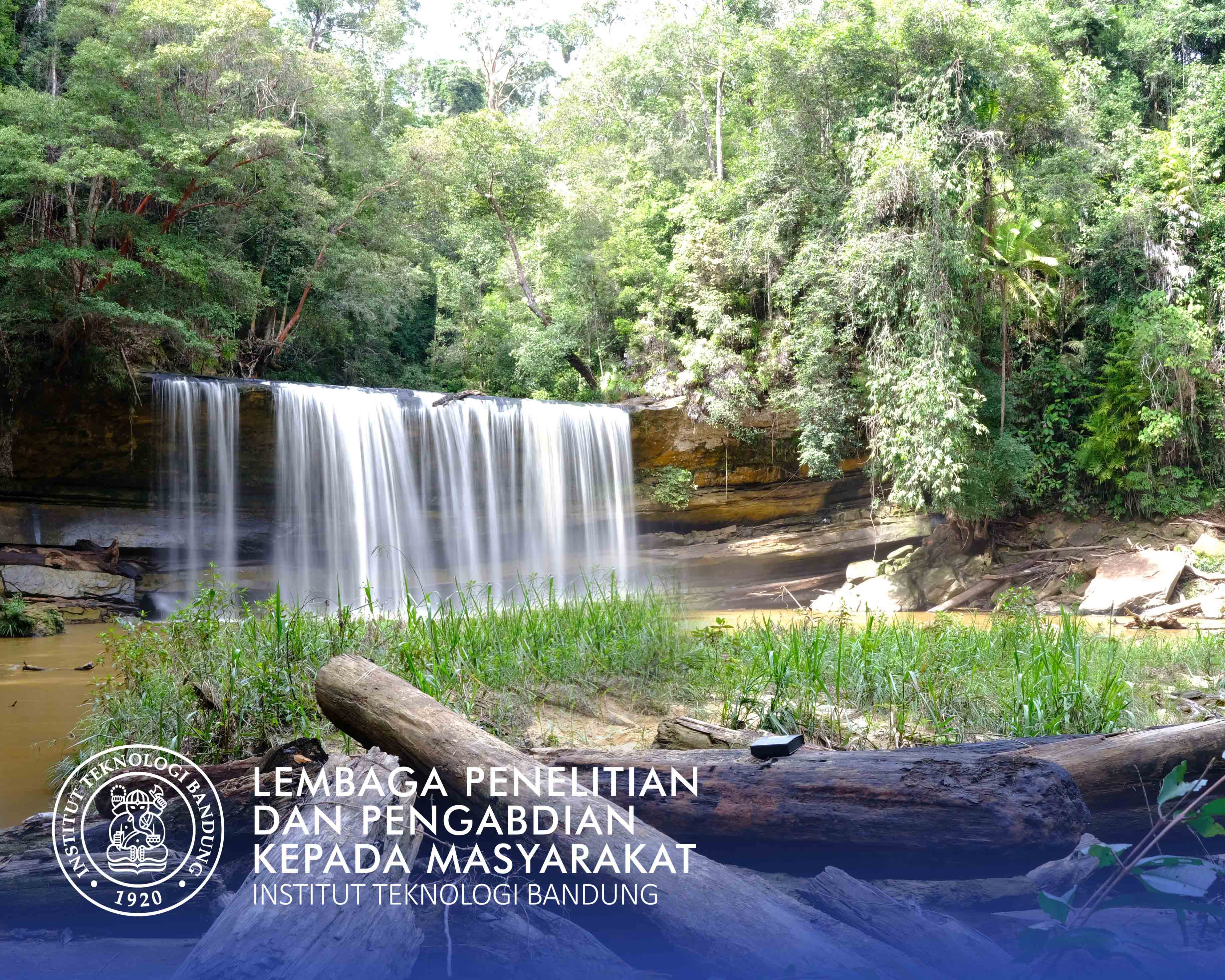

Endra Gunawan
Wakatobi National Park (TN Wakatobi) is one of the national parks in Indonesia which has a unique and diverse marine ecosystem so that it was designated as a biosphere reserve by UNESCO (United Nations Educational, Scientific and Cultural Organization) in 2005. As is generally the case with coastal areas In Indonesia, Wakatobi National Park is vulnerable to earthquake and tsunami disasters. Data from the National Earthquake Study Center (PusGen, 2017) shows that several active faults cause earthquakes and have the potential to cause tsunamis that impact Wakatobi National Park. The problem that then emerged was the Wakatobi National Park area which is a built-up area and had a significant increase in the number of domestic and foreign tourists, namely 62.4% and 255.0% in the period 2013 to 2019. Apart from that, the community's capacity for earthquake disasters and the tsunami is very low so intensive capacity building is needed. One of the disadvantaged village communities that requires efforts to increase community capacity for disasters in the Wakatobi NP area is Wapia Pia Village, Wangi-Wangi District, Southeast Sulawesi. The solution offered is assistance from the ITB Community Service (PM) team to village communities, and socialization of the potential and dangers of earthquakes and tsunamis from the Tolo fault and Flores fault. PM 1st Year activities have focused on education and training activities on earthquake and tsunami mitigation to fulfill indicators 1-5, and indicator 7 tsunami ready. Indicator 1 is the creation of a map of the tsunami inundation area, while indicators 2 and 3 are calculating data on the number of people in the tsunami hazard area and creating information boards. Indicator 4 is an inventory of economic, infrastructure, political and social resources, while indicators 5 and 7 are the preparation of evacuation maps and the provision of education. For Year 2, activities will focus on fulfilling indicators 6 and 8-12. Indicator 6 is the preparation of educational and preparedness materials. Then for indicators 8-12 are tsunami training, making a tsunami emergency operations plan, supporting tsunami emergency response, having the ability to receive and convey early warnings. Therefore, the output target of this 2nd Year community service activity is increasing the empowerment of partners in increasing knowledge and skills capacity in preparedness to anticipate earthquakes and tsunamis. The specific aim is that after completing the assistance, it is hoped that the Wangi-Wangi community will have the knowledge, abilities and skills to carry out community-based earthquake and tsunami mitigation efforts independently, gain comprehensive knowledge for recognition efforts from UNESCO-IOC, and more importantly be able to save more souls.
a) Provide insight into the potential for earthquakes and tsunamis from the Tolo fault and Flores fault which could have an impact on the Wangi-Wangi community.
a) Community understanding of potential sources of earthquakes that may occur in their area b) Increasing community capacity for earthquake and tsunami disasters c) Increasing community networks with the National Tsunami Preparedness Committee team at the center. d) Availability of complete documents that can be sent to UNESCO through the National Tsunami Preparedness Committee so that the village receives recognition as a tsunami preparedness village.